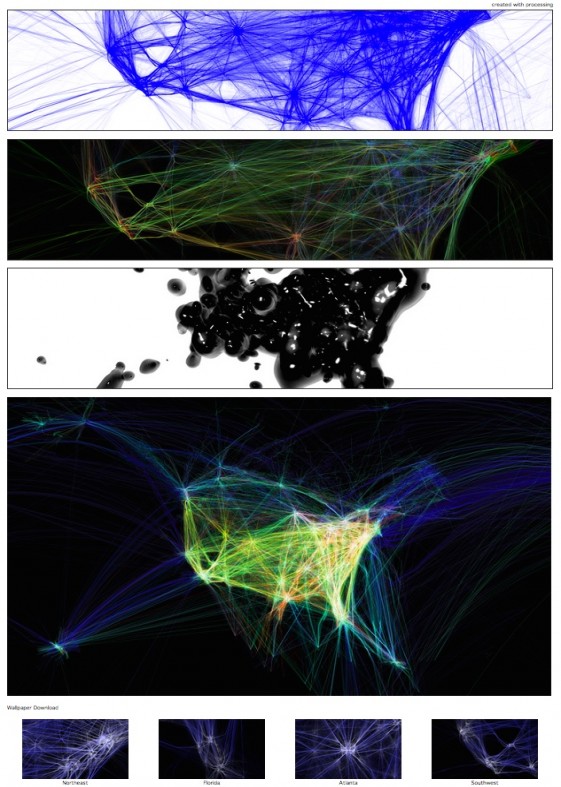&
AUTHORSHIP
INTERACTION
MAIN PROJECT
PROCESSING
V & A
LIBRE GRAPHICS
CONDITIONAL DESIGN
01
02
ARDUINO
A major sculptural installation created for the V&A by artist Barnaby Barford, The Tower of Babel, tells an array of stories about our capital city, our society and economy and ourselves as consumers.
BARNABY BARFORD : THE TOWER OF BABEL
01
AIMS AND ABOUT:
Standing an imposing six metres high, the Tower comprises 3000 bone china shops, each one unique, each depicting a real London shop photographed by the artist. At its base the shops are derelict, while at its pinnacle are the crème-de-la-crème of London’s exclusive boutiques and galleries.
Standing as a monument to the great British pastime of shopping, Barford’s apparently precarious Tower playfully likens our efforts to find fulfilment through retail with the biblical Tower of Babel’s attempt to reach heaven. Explicitly blurring the boundaries of art and commerce, each shop in the Tower will be for sale during its exhibition. With more prestigious but less affordable properties higher in the Tower, Barford confronts us with the choices we ourselves make as consumers, through necessity or desire.
About the London Design Festival 2015
19 – 27 September 2015
This year the Festival will again celebrate and promote London as the design capital of the world, creating a platform for inspirational design initiatives. Over 350 events and installations will be on offer across the city, from a stimulating programme at the Victoria and Albert Museum to a series of installations and exhibitions in Somerset House. The Festival will showcase ideas from more than 250 partners, representing the heart of London’s design community, proving its role as a leading force in the city’s creative economy.
V&A
DIGITAL DESIGN WEEKEND
02
FRIEDERIKE GLASER:
MEASURABLE IDENTITY
Above is am image of an Irisscope Installation, used by Glaser to photograph individual's iris.
Our digital clones are defined by access, defined by our passwords which are our digital identification. But up until recently there was a remaining clear division of our physicality and our identity.
The lines became blurry with our physicality being digitalized, our human nature turning into our keys, becoming part of the system of fear, disconnected from our body - rationalized, measurable, detectable and searchable. A non-erasable and non-replaceable authentication through biometrics.
Measurable Identity is an interactive Data Exchange, exploring our personal relationship towards Biometric Data, using designed tools in order to take High Resolution Iris Photographs. The photographs taken have been transferred onto Wearables, used for their visual value and raising the question of the copyright of an image that contains sensitive personal data. The quality of the printed image on the T-shirt is high enough in order to extract the individuals biometric data using a smartphone camera.
(www.rikeglaser.com)
AIMS AND ABOUT:
Through photographic data gathering, Glaser aims to investigate how accessible 'identity' and private information from the public is. He does this by investigating the potential social and political 'problems' occurring in identity theft and ownership.
Through by observation and understanding (after asking several questions) the public are willing and show no hesitation when asking to participate in his investigation. Whilst, the actual point Glaser is making is identity protection and awareness of possible criminal prosecutions when this data is misused.
03
FLIGHT PATTERNS:
AARON KOBLIN
Aaron Koblin uses data to tell amazing visual stories that reflect on life and technology. Flight Patterns is a visualization of airplane traffic over North America during a 24 hour period. As the video progresses one can see the ebb and flow of air traffic, red eyes coming from California, the East Coast waking up, and the arrival of European flights into the Tri-State area.
The different colors are coded to the 573 different types of airplanes that traveled through North America, totaling over 205,000 flights, on this day in August 2010. Koblin’s use of aggregated data to reflect on life and our systems is not only visually spectacular but also a reflection on the relationship between humans and technology. Working directly with the artist, Sedition brings you this original digital limited edition.
(www.seditionart.com/aaron_koblin/flight_patterns)

To the left are a few examples of the variations Koblin created using processing. I explored these examples as they closely link to the work throughout the module.